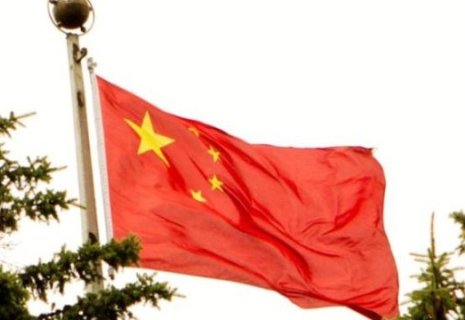
Demographics of North Macedonia: an insight into population dynamics
North Macedonia, a small but culturally rich nation in the heart of the Balkan Peninsula, boasts a diverse and evolving demographic profile. With a history shaped by various empires, migrations, and cultural exchanges, the country’s population reflects a tapestry of ethnicities, languages, and traditions. This article delves into the demographic composition, population trends, and cultural diversity that define North Macedonia today, CE Report reports.
Population Overview
As of 2024, North Macedonia's estimated population stands at approximately 2 million. The country has seen fluctuating demographic trends over recent decades, largely influenced by emigration, urbanization, and changing birth rates. Skopje, the capital and largest city, is home to about a quarter of the nation’s population, serving as a hub of economic, cultural, and political activity.
Ethnic Composition
North Macedonia is recognized for its multi-ethnic society. According to the most recent census:
- Macedonians make up the majority, accounting for around 58% of the population.
- Albanians, the largest minority group, represent about 25%. They primarily reside in the western regions of the country.
- Other significant groups include Turks (around 4%), Roma (3%), Serbs, Bosniaks, and Vlachs, each contributing to the nation's cultural mosaic.
Languages and Religion
The linguistic diversity of North Macedonia is a reflection of its ethnic variety:
- Macedonian, a South Slavic language, is the official language and is spoken by the majority.
- Albanian holds co-official status in areas where Albanians form over 20% of the population.
- Other languages such as Turkish, Romani, Serbian, and Aromanian are also spoken by minority communities.
Religiously, North Macedonia is predominantly:
- Eastern Orthodox Christian, with most Macedonians adhering to this faith.
- Muslim, primarily among the Albanian, Turkish, and Roma communities, forming about a third of the population.
Population Trends
North Macedonia faces challenges typical of many Balkan nations, including:
- Aging Population: Declining birth rates and increased life expectancy have resulted in an aging demographic, with a growing proportion of residents over 65 years old.
- Migration: Economic factors have led to significant emigration, especially among the youth, seeking better opportunities abroad. This has impacted the labor market and contributed to population decline.
Urban vs. Rural Dynamics
The country exhibits a stark contrast between urban and rural areas:
- Urban Centers: Cities like Skopje, Bitola, and Tetovo are rapidly urbanizing, attracting people for education, employment, and modern lifestyles.
- Rural Areas: Many villages face depopulation, with younger generations moving to cities or emigrating.
Government Initiatives
To address demographic challenges, the government has introduced policies such as:
- Encouraging return migration by offering incentives to expatriates.
- Promoting higher birth rates through financial support for families.
- Investing in rural development to reduce urban-rural disparities.
Conclusion
North Macedonia's demographics are a reflection of its rich history and cultural diversity, but they also present significant challenges for the future. Balancing ethnic relations, addressing population decline, and fostering sustainable development are key priorities for the nation. With strategic planning and inclusive policies, North Macedonia can harness its demographic potential to build a vibrant and cohesive society.
























